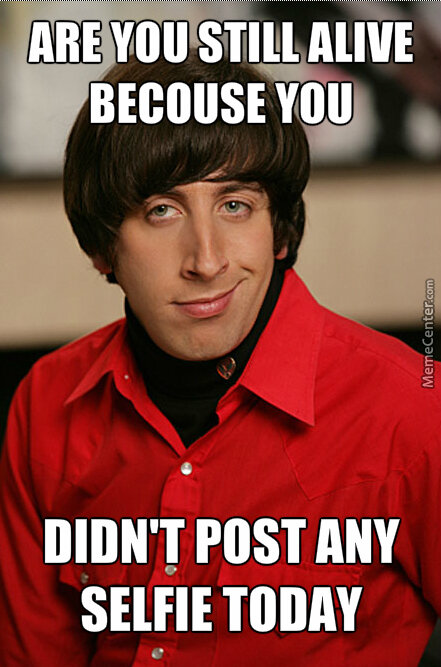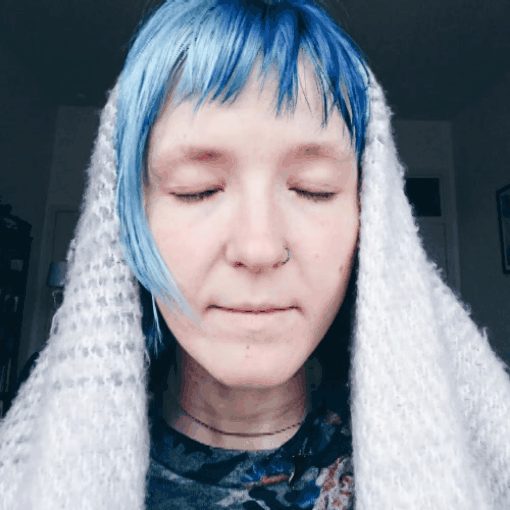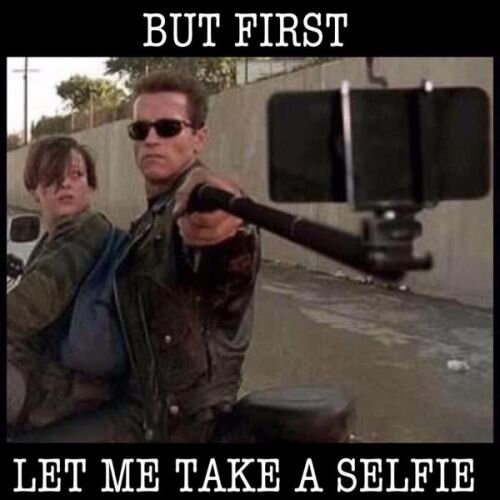Are Selfies Yogic?

A while ago I noticed myself posting more selfies than usual - and I started to wonder what that was all about.
I have always had mixed feelings about selfies, as something self-indulgent and something that you maybe do, but only secretly! It wouldn't usually occur to me to post them - after all it's 'just my face'. But then after some recent conversations with friends about the value of selfies I started to reflect on whether they are actually all that bad, and if they can in fact be useful..
Two inspiring ladies have recently been starting interesting conversations about selfies - my sister, a professor at Boston University, who asked her students to take a selfie with an object in the Museum of Fine Arts; and my friend Kima, a photographer and video artist who proposes selfies as a mode of self-exploration and healing.

Selfies are ubiquitous now - and many of us have a love-hate relationship with them but we cannot deny that they have become a new mode of communication. Here I am, here we are, alive, now! It's a way to try and understand ourselves in this new technological world.
But if selfies are a way to express ourselves, then what are we saying? As with most things it's not just what but how. How are we portraying ourselves - and what fiction are we thereby telling ourselves?
You would assume that selfies wouldn't fit into the yogic way of life, being an expression of vanity after all.
Vanity - it's a fascination with the frivolous, a disregard for the meaningful. When we are preoccupied with outward appearances we ignore what's important - your appearances are just a shell, one that crumbles away with time.
Yoga goes further to say that it's not just your appearance but your whole I-ness that is temporary, and when we are attached to that sense of self, we miss what's really going on inside and out. This 'I-ness' (which is how you directly translate asmita) is one of the five afflictions which hold you back from achieving freedom and basically make you miserable. And it's more than selfishness, it's more than ego - it's the identification with that sense of self that you have within, which motivates everything that you do. Yoga tells us that we are so much more than just that and when we get attached to our small self, it causes us to get attached to all the other things, good and bad, that pass our way, which causes all sorts of other problems! (YS 2.6)
Okay so if we are taking pictures of our small self, then that's bad, right?
Maybe not. Yoga tells us that our sense of I-ness holds us back - but only if we are attached to it. In fact, if we don't allow our ego-principle to drive us blindly (we spend so much time blindfolded behind the wheel), then it can be a powerful motivator to do good (as beautifully explained by Sally Kempton).
The individuating principle, which yoga calls ahamkara, literally 'I-maker', is less of a permanent thing, but rather an action of delineation - it's what separates me from you from the table from the river. Thus it drives us in the world, keeps us alive and makes us do great things. It makes me write this blog, bake a cake for my husband, teach a class, have a conversation with my friend. Without ahamkara, frankly, we'd be a blob on the floor.
When you start to realise that the individuating principle is not necessarily a monster, you can get closer and examine it better. When we peel away the layers of mind, we find that beyond logic and desire and all of that, that sense of self is the last layer before we get to the real juicy stuff. As the witness to all other experiences, in its subtlest form asmita is the innermost layer of being nearest to the atman, what you could call the soul. (YS 1.17)
The only way to get to those juicy inner layers, though, is to go on a journey of discovery through all the others. If you want to dismantle something, you have to confront it - this means really looking it fully in the face, warts and all.

You know the front facing camera on my phone automatically smooths out blemishes? One time I had a rash on my face and was trying to record it for the doctor and I couldn't take a picture of it because my phone kept trying to artificially beautify me! Anti-yoga selfie phone..
What if I turn my phone around though and use the main camera to capture my face as it really is, blemishes, circles, food on my face (as ever!) and all. What can we learn from having the courage to see our ugliest sides and not always posing with our best angle?
When you confront things, they have a tendency to look less scary. Michael Stone said, 'the more intimate you get with the breath, the less personal it is'. The closer you look at things the more dispassionate you can be and the more easy it is to choose how you are going to react to something.
The funny thing is also that you start to see your different traits and characteristics, and how they come and go, too. The vital sense of I-ness that you thought was your whole world starts to look a little less rigid.
Yoga Sutra 4.4 says ' Many minds come from the primary sense of I-ness' - that is, your one deeper sense of self gives rise to many different aspects of your personality, the many faces of your You. The more you confront that I-ness, the more you see those different faces and how in fact none of them are really you either.

Have you ever looked at photos of yourself and felt a weird sense of unrecognition when you see your own face? In particular with old photos but even with recent ones. Something deep inside you tells you that this configuration of physical attributes corresponds with the embodied form that you carry around the world. And yet, does it really feel like you?
I have to say that's certainly how I feel when I see that weird gif above that I made to illustrate this article.
The thing is though that we are embodied, we do exist physically in the world, and so we have to play by its rules.
As man's own nature,
So must he act, however wise he be.
All beings follow Nature:
What can repression do? Bhagavad Gita, 3.33
We stumble about the surface of the earth in our physical embodied forms with our fallible minds and our idiosyncratic personalities and try to navigate our way without bumping into the furniture too much, and so we search for tools and practices to help us understand our place in this context.
Obviously yoga is quite good for that but I'd suggest that selfies can also be useful for understanding our place in the world -
- your identity is your tool - being a totally unique combination of biological constructions, characteristics, and experiences, you have the ability to bring something absolutely new and amazing into the world. do it! your selfie can be your calling card!
- look your face in your own damn face - use the cold and dispassionate view of the camera to see yourself, and take a picture of your less attractive side, be courageous to bare yourself to yourself - and I'm sure you will discover something remarkable.
- your selfies track your constant transformation. see how your body and your mind are always changing - see how you don't have to be attached to being just one way, and how your qualities and the qualities of the things around you don't have to upset you.
After all your shell, be it beautiful and magnificent and powerful, is a temporary housing for the deep and eternal magic that it carries around within.
cheese!

